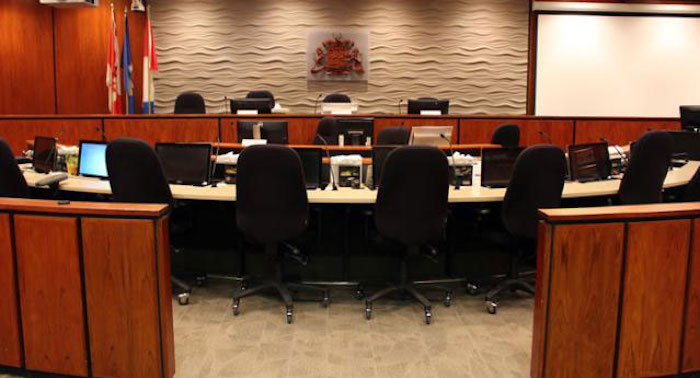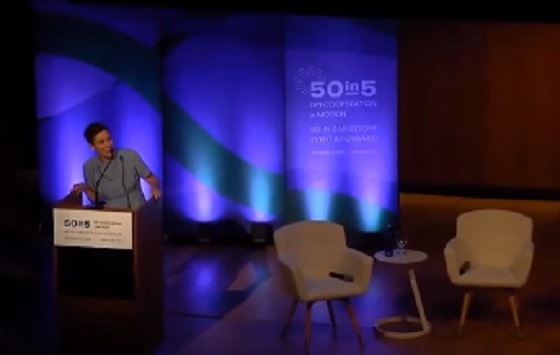armed forces
From Batoche to Kandahar: Canada’s Sacrifices for Peace
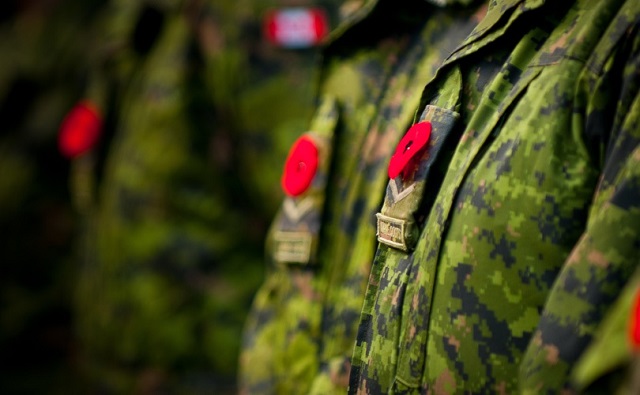
From the Frontier Centre for Public Policy
By Gerry Bowler
There is a grave on a riverbank near Batoche, Saskatchewan. It contains the remains of a soldier from Ontario who died in 1885 under General Middleton during the last battle of the Northwest Rebellion. It has been tended for almost 150 years by the Métis families whose ancestors had fought against him. His name was Gunner William Phillips and he was 19 years old.

Up a dirt road in the Boshof District of Free State, South Africa is a memorial garden in which are buried the 34 bodies of Canadians killed at the Battle of Paardeberg in 1900. They fell driving a Boer kommando off the heights where they had been dug in and inflicting severe casualties on the British forces below. Private Zachary Richard Edmond Lewis of the Royal Canadian Regiment lies there. He was the son of Millicent Lewis and was 27 years old.
On April 22, 1915 the German army launched its first poison gas attack on Allied trenches near Ypres, Belgium during the First World War. When French troops on their flanks broke and ran, the 1st Canadian Division stood fast amid the chlorine cloud and repelled their attackers, suffering 2,000 casualties in the process. On the grave of Private Arthur Ernest Williams of the 8th Battalion are the words “Remember, He Who Yields His Life is a Soldier and a Man.” Private Williams was 16 years old.
When the Japanese invaded Hong Kong in December 1941, Canadian troops from the Winnipeg Grenadiers were there to resist them. Among them was Sergeant-Major J.R. Osborn whose men were surrounded and subject to grenade attacks. Osborn caught several of these and flung them back but when one could not be retrieved in time he threw himself on the grenade as it exploded trying to save his men. His body was never found after the battle but his name is inscribed on a monument in Sai Wan Bay War Cemetery.
In the hills south of Algiers is Dely Ibrahim Cemetery. This is where they buried the body of RCAF Pilot Officer John Michael Quinlan after the crash of his Wellington bomber in March, 1944. He was a movie-star handsome student from Prince Albert, Saskatchewan and my father’s best friend in the squadron. I carry his family name as my middle name as does my little grand-daughter.
The Kandahar Cenotaph in the Afghanistan Memorial Hall at National Defence Headquarters in Ottawa honours those Canadians who died fighting Islamic terrorists. 158 stones are bearing the faces of the soldiers who were repatriated from where they fell and now are buried in graves in their home communities across the country. One of those stones commemorates Warrant Officer Gaétan Joseph Francis Maxime Roberge of the Royal 22nd Regiment who is buried in a cemetery in Sudbury. He was 45 when he was killed by a bomb. He left behind a wife, an 11-year-old daughter and twin 6-year-old girls.

On November 11, we pause to remember the 118,000 Canadian men and women who died fighting, among others, Fenian invaders, Islamic jihadis in Sudan, the armies of Kaiser Wilhelm, Benito Mussolini, and Imperial Japan, Nazi SS Panzer regiments, Chinese and North Korean forces, ethnic warlords in the Balkans, and the Taliban. They died in North Atlantic convoys, in French trenches, in primitive field hospitals, on beaches in Normandy, in the air over England, on frozen hills in Korea, in jungle POW camps, on peace-keeping duty in Cyprus, in the Medak Pocket in Croatia, and in the mountain passes of Afghanistan. We also remember the hundreds of thousands more who returned home alive, but mutilated, shattered in body and mind, the families deprived of sons, fathers, and brothers, and the communities who lost teachers, hockey players, volunteers, pastors, nurses, and neighbours.
We remember them because in honouring their memory we honour the values on which Canada was built. They did not die to create a Canadian empire, acquire foreign territory or satisfy some ruler’s grandiosity; they fought and suffered to protect parliamentary democracy, freedom of expression and religion, a tolerant society, and the right to live in peace.
On November 11, let us be clear that the prosperity and tranquility enjoyed today by North Americans, Europeans, South Koreans, Japanese, Indians, Malaysians, Singaporeans, Filipinos, etc., etc., were purchased with the blood of heavily-armed men in military uniform, many of them with maple leaf patches on their shoulders. A country which is contemptuous towards its duty to maintain its armed forces, where schools forbid personnel in service dress from attending remembrance assemblies lest their presence makes children and parents “feel unsafe,” or where Forces chaplains are instructed to avoid religious language or symbols in services commemorating our dead, is a nation lost to its memories and unlikely to have much of a future.
KILLED IN ACTION. BELOVED DAUGHTER OF ANGUS & MARY MAUD MACDONALD,
Nursing Sister Katherine MacDonald, Canadian Army Nursing Service, May 19th 1918
HE WOULD GIVE HIS DINNER TO A HUNGRY DOG AND GO WITHOUT HIMSELF.
Gunner Charles Douglas Moore, Canadian Anti-Aircraft Battery, September 19th 1917
BREAK, DAY OF GOD, SWEET DAY OF PEACE, AND BID THE SHOUT OF WARRIORS CEASE.
Sergeant Wellesley Seymour Taylor, 14th Battalion, May 1st 1916
Gerry Bowler, historian, is a Senior Fellow at the Frontier Centre for Public Policy
armed forces
Underfunded and undermanned, Canada’s Reserves are facing a crisis
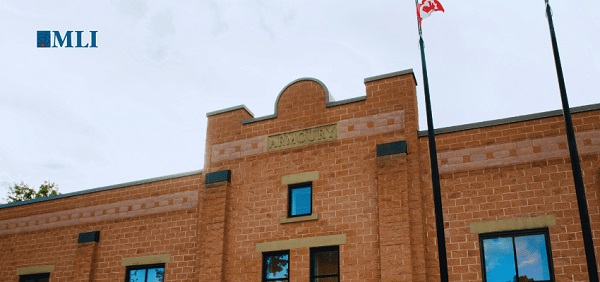
The Macdonald Laurier Institute
By J.L. Granatstein for Inside Policy
With the new threats facing Canada and NATO, change must come quickly: Canada needs to fix the Army Reserves.
Canada’s once-proud Reserves force is fading fast – and without urgent action, it risks becoming irrelevant.
The Canadian Armed Forces Primary Reserves have an authorized strength of 30,000, but the present numbers of the Army, Navy and Air Force Reserves as of November 2024 are only 22,024. The RCN Reserves number 3,045, the RCAF 2,162, and the Army 16,817. This is frankly pathetic, all the more so as the regular forces are sadly understrength as well.
The Army Reserves have a long history, with some units dating back before Confederation. Before both world wars the Militia’s strength was roughly 50,000, generated by populations of eight million in 1914 and eleven million in 1939. Amazingly, despite a lack of training and equipment, the Militia provided many of the Army’s officers, up to and including successful division and regimental commanders, and large numbers of the senior non-commissioned officers. A century ago, even after some consolidation following the Great War, almost every town and city had an armoury and a Militia unit with a cadre of officers, good numbers of enlisted men, and some social status in their community. The factory owners, bankers, and well-off were heavily represented, and the Militia had real clout with representation in Parliament and easy access to the defence minister.
Not any longer. The armouries in most of Canada have disappeared, sold off by governments and levelled by developers, and those that still stand are in serious need of maintenance. The local elites – except for honorary colonels who donate funds for extra kit, travel, celebratory volumes, and to try to stop Ottawa from killing their regiment – are noticeably absent.
So too are the working men and women and students. As a result, there are Army Reserve units commanded by a lieutenant-colonel with three majors, half a dozen captains, ten lieutenants, a regimental sergeant major and any number of warrant officers, and under seventy in the ranks. It is a rare Reserve regiment, even those in Canada’s largest cities, which has a strength above 200, and ordinarily when a unit trains on a weeknight or a weekend only half that number turn up. Even in summer, when reservists do their serious training at Petawawa or other large bases, there will be many absentees.
And when a unit is asked to raise soldiers for an overseas posting – say for the Canadian-led brigade in Latvia – it might be able to find ten or so volunteers, but it will be highly unlikely to be able to do so when the next call comes. Reservists have families, jobs or school classes, and few are able and willing to go overseas and even fewer to do so for subsequent deployments.
Without reservists filling the ranks (and even with them providing up to 20 per cent of a battalion’s strength), the undermanned regulars must cobble together a battalion of 600 or so by seconding troops from another Regular unit. After being brought up to Regular force standards before deployment, the reservists have performed well in operations, for example, in Afghanistan.
So why can’t the Army Reserves find the men and women to join their ranks? The reasons are many and much the same as the recruitment difficulties facing the Regular Army. Sexual harassment cases have abounded, affecting the highest ranks and the lowest. Modern equipment has been and is continuing to be lacking.
Procurement is still bogged down with process, paperwork, and long timelines – for instance, approving a new pistol took a decade. And the Reserves get modern equipment only after the Regulars’ needs are met, which unfortunately means never. Instead of a tank or a Light Armoured Vehicle, units get pickup vehicles painted in dark green and see anything more only on their rare days of training in the field.
Leaders of the Reserves have called for a separate budget for years, demanding that they decide how the funds are allocated. National Defence Headquarters has refused, rightly claiming that the underfunded Regulars have higher priority. But the Reserves point to official documents that in 2019-20 demonstrated that of $3.018 million allocated to the Reserves, only $1.3 billion reached them, the rest being unspent or re-allocated to the Regulars.
With some reason this infuriates Reservists who point to this happening every fiscal year.
So too does what they see as the condescension with which they are treated. A Reserve major is equal in rank to a Regular major, but both know that the Regular is almost always far better trained and experienced for his job and that rankles. (Many years ago, when I was a junior officer, I remember another Regular referring to “the ****ing Militia.” I know that Reserve officers reverse the compliment.)

Today with unemployment above nine per cent and with young Canadians’ unemployment rate even higher, the Reserves pay a new private a daily rate of some $125 (The Carney government recently promised a substantial pay raise). This ought to be a good option to earn some money. The Toronto Scottish, an old and established infantry unit, for example, has a website that lists other benefits: up to $8,000 for educational expenses and up to $16,000 for full-time summer employment. The Toronto Scottish has two armouries in the western suburbs, a female Commanding Officer, but under 200 soldiers. There should be a real opportunity in the current circumstances to increase those numbers by a good advertising campaign pitched directly at young men and women in the Toronto suburbs. The same can be said for every big city.
But the small town and rural units, tiny regiments whatever their storied histories, are unlikely to be able to grow very much. National Defence Headquarters needs to set a number – say 150, 200, or 250 – above which a unit will keep its command structure. Below that standard, however, units will be stripped of their higher ranks and effectively consolidated under the Reserve brigade in their area.
Reservists have fought such suggestions for years, but if the Reserves are to become an efficient and effective force, this is a change that must come. One such experiment has combined the Princess of Wales Own Regiment in Kingston, Ontario, and the Brockville Rifles by putting the Commanding Officer of the first and the Regimental Sergeant Major of the second in charge. Unit badges can remain, but this reduces the inflated command staffs.
In reality, these small regiments are nothing more than company-sized sub-units, and sub-units of less than a hundred simply cannot train effectively or draw enough new members from their small town and rural catchment areas. Combined they can function effectively.
The federal government will soon release an army modernization plan. Change is always difficult but with the new threats facing Canada and NATO, change must come quickly. Canada needs to fix the Army Reserves.
Historian J.L. Granatstein is a member of the Macdonald-Laurier Institute’s Research Advisory Board. A bestselling author, Granatstein was the director and CEO of the Canadian War Museum. In 1995, he served on the Special Commission on the Restructuring of the Reserves.
armed forces
Secretive Lockheed Martin Skunk Works reveals latest high-tech military drone
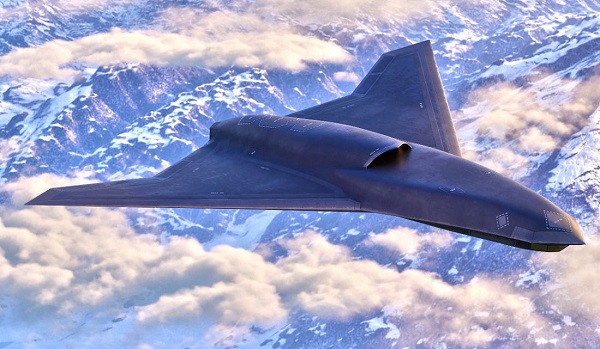
 THE MAKICHUK REPORT
THE MAKICHUK REPORT
Unmanned Vectis to ride shotgun with next-gen fighters
When Lockheed Martin’s super secret Skunk Works© advanced development arm unveils a new project, the aviation world stops and listens.
As always, it is very hush-hush, and, quite often, groundbreaking.
This week’s announcement didn’t disappoint.
It’s called “Vectis” — a stealthy autonomous drone that Lockheed intends to fly by the end of 2027.
As with most Skunk Works projects, officials declined to comment on certain aspects of the aircraft’s design, such as its engine or top speed, though it was noted that Lockheed’s analysis “doesn’t point toward supersonic [speeds]” as a requirement.
What do we know about it, aside from it’s very cool, futuristic design?
The first Vectis prototype is currently “in progress,” and is envisioned as a large “Category 5” reusable drone designed to be customizable to match shifts in the threat environment, said OJ Sanchez, Skunk Works’s vice president and general manager.
“Vectis provides best-in-class survivability at the CCA [Collaborative Combat Aircraft] price point,” Sanchez told reporters ahead of the Air Force Association’s Air Space and Cyber conference in Washington, D.C. “Prototype parts are ordered, the team is in work, and we intend to fly in the next two years.”
According to Breaking Defense, Lockheed sees the range, endurance and flexibility of Vectis’s design as key to its appeal.
It is being developed for the US and international markets based on feedback from multiple customers about the future battlefield.
One has to only look at the Russia-Ukraine conflict, to see that things have changed.
Vectis can carry out mission sets ranging from air-to-air, air-to-ground and ISR, and has an open systems architecture allowing it to interface with platforms and mission systems not built by Lockheed Martin, Breaking Defense, reported.
Certain aspects of the drone — such as which payloads it can carry, or whether it is optimized for regular operations or used less frequently on deployments — can be fine-tuned to meet a customer’s specific requirements.
For instance, “we will have built into it the ability for it to be a daily flyer, reliably work alongside its crew teammates, to be able to integrate into operations for training, as well as for deployment,” Sanchez said.
“At the same time, if the requirement is ease of storage and ease of assembly, it’s absolutely built into the design. … That’s where we’ll work closely to listen with any individual customers and go from there on their operations choice, but the flexibility is built in.”
With the lessons of Ukraine in mind, Vectis is designed to be maintainable in a deployed environment, with a simple design made of “and durable, reliable materials” and easy access to the aircraft’s internal systems if repairs need to be made.
While it has not flown, Lockheed has conducted operational analysis and simulations that paired the drone with the F-22 and F-35, with Sanchez noting that its low-observable signature and communications gear are “compatible” with fifth- and sixth-generation aircraft.
It was also informed by previous experience designing tailless aircraft like the X-44 MANTA, Lockheed’s sixth-generation fighter prototype for the Air Force’s Next Generational Air Dominance program, Sanchez said.
“We’re building in that kind of autonomy, that flexible autonomy, if you will, so that we can work with more countries, more partners, to really listen to what their needs are,” he said.
“That flexibility has been demonstrated through multiple demonstrations. Now we’ll go out and build it, and we’ll work to prove in the open air.”
In the U.S. military’s parlance, Group 5 uncrewed aerial systems are the largest and most capable, covering anything pilotless with a maximum takeoff weight of 1,320 pounds or more, and that can fly at altitudes of 18,000 feet or higher.
When asked, Sanchez declined to offer any hard dimensions or other specifications for Vectis. He did say it was smaller than a Lockheed Martin F-16 fighter, but larger than one of the company’s Common Multi-Mission Truck (CMMT, pronounced ‘comet’) missile-like drones, which is a very broad size range.
According to experts at TWZ.com, renderings of Vectis from Skunk Works show a tailless drone with a lambda wing planform and a top-mounted air intake.
There is a pronounced chine line around the forward end of the fuselage and a shovel-like shape to the nose, as well as various conformal antennas and/or sensor apertures, all of which are indicative of low-observable (stealthy) design considerations.
A short promotional video also includes a cutaway view showing an S-shaped duct behind the air intake and exhaust shrouding, features that offer further radar cross-section and infrared signature reducing benefits.
Vectis’ core planform is interestingly reminiscent, in some broad strokes, of a rendering of a stealthy aerial refueling tanker concept Skunk Works first showed publicly last year.
That aircraft had a much larger design, in line with its intended mission, with large clipped wings that had some lambda-wing attributes, as well as small outwardly-canted twin vertical tails.
There has been something of an uptick in recent years in new crewed and uncrewed tactical aircraft designs with lambda or at least lambda-like planforms.
This includes one of the several air combat drone designs that emerged around a massive military parade in China earlier this month, as well as one of the two Chinese next-generation crewed combat jets that broke cover in December 2024.
Vectis also has “endurance ranges compatible with Indo-Pacific, European, and CENTCOM [U.S. Central Command] theaters,” according to a Lockheed Martin press release.
What munitions and other payloads Vectis might be able to carry is unclear. Skunk Works’ Sanchez mentioned “reusable or flexible payloads,” but did not elaborate.
The promotional video shows a vignette in which the drones, operating together with an F-22, use unspecified sensors to spot and track aerial threats before being ordered to fire air-to-air missiles, presumably from internal bays, at those targets.
Electronic warfare suites and signal relay packages might also be among the payload options for Vectis drones.
Sanchez did not provide any hard cost metrics for Vectis. The Air Force has said in the past that it is aiming for a unit cost roughly in the US$20 million range for drones being developed under the first phase, or Increment 1, of its CCA program.
In discussing how Vectis could be adaptable to multiple U.S. and foreign operator requirements, Sanchez also spoke in more detail about the drone’s current dependence on traditional runways, as well as its ability to operate from more austere locations.
“Our analysis aligns with the U.S. Air Force, that runway accessibility is incredibly important in every theatre, particularly in INDOPACOM [the U.S. Indo-Pacific Command area of responsibility]. So we’re very intentional about the flexibility that this system would enable in the theaters of interest,” Sanchez explained.
“And so the amount of runways that will be available, the amount of flexibility to implement, whether it be an Agile Combat Employment approach, or a hub and spoke for other countries, depending on how it is, Vectis will be very capable in those spaces.”
Exactly how Skunk Works envisions the Vectis will handle counter-drone weapons, such as Israel’s Iron Dome, Iron Beam, or David’s Sling, remains uncertain.
THE MAKICHUK REPORT is free today.
You can tell THE MAKICHUK REPORT that their writing is valuable by pledging a future subscription.
You won’t be charged unless they enable payments.
-
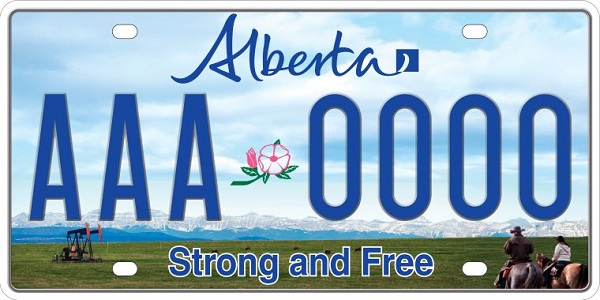
 Alberta2 days ago
Alberta2 days agoClick here to help choose Alberta’s new licence plate design
-
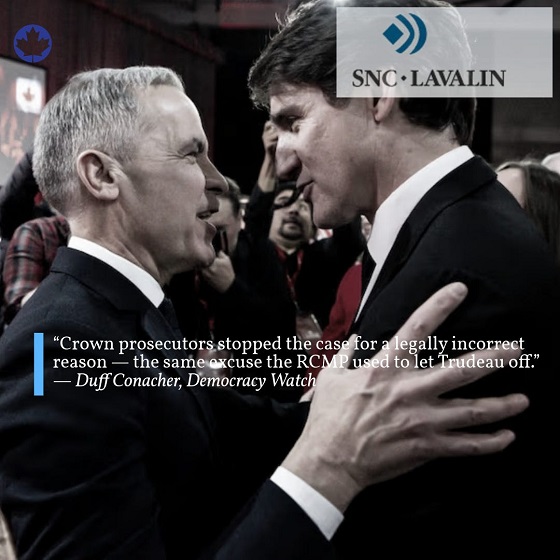
 National2 days ago
National2 days agoDemocracy Watch Renews Push for Independent Prosecutor in SNC-Lavalin Case
-
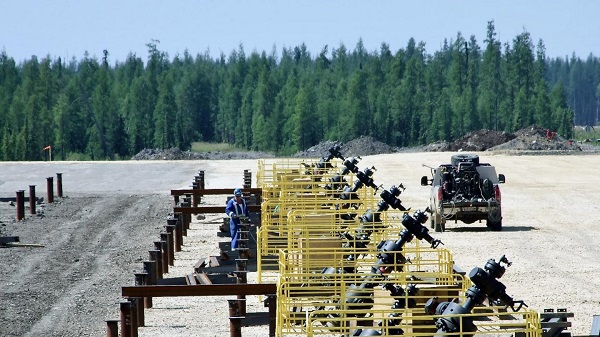
 Alberta2 days ago
Alberta2 days agoBusting five myths about the Alberta oil sands
-
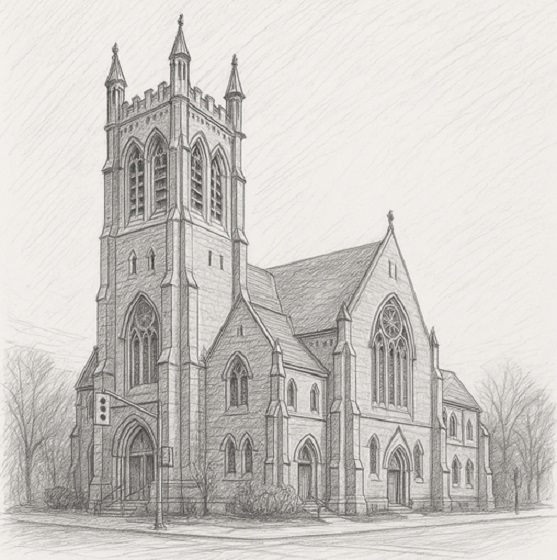
 Frontier Centre for Public Policy2 days ago
Frontier Centre for Public Policy2 days agoOttawa Should Think Twice Before Taxing Churches
-

 Energy1 day ago
Energy1 day agoMinus Forty and the Myth of Easy Energy
-
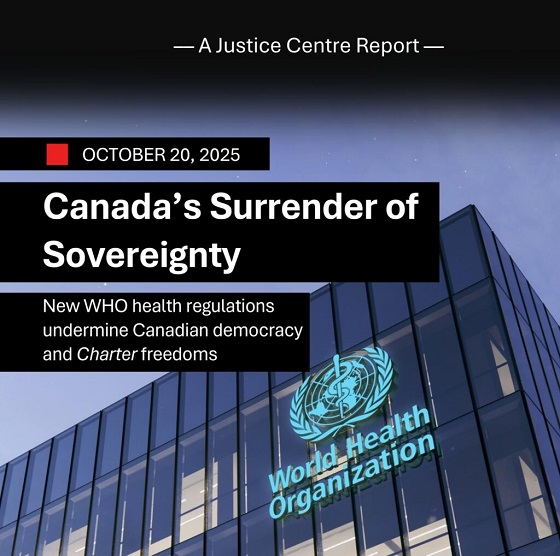
 Health1 day ago
Health1 day agoNew report warns WHO health rules erode Canada’s democracy and Charter rights
-
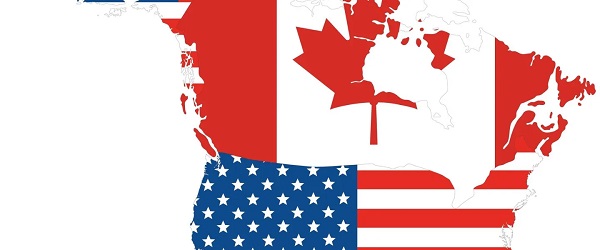
 Business1 day ago
Business1 day agoUS government buys stakes in two Canadian mining companies
-
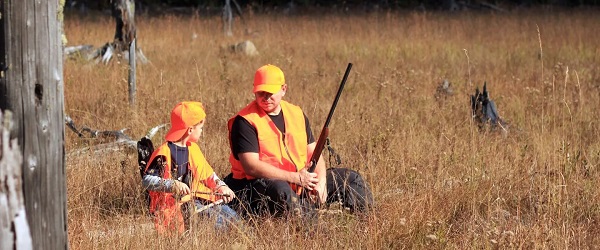
 Business4 hours ago
Business4 hours agoQuebecers want feds to focus on illegal gun smuggling not gun confiscation







